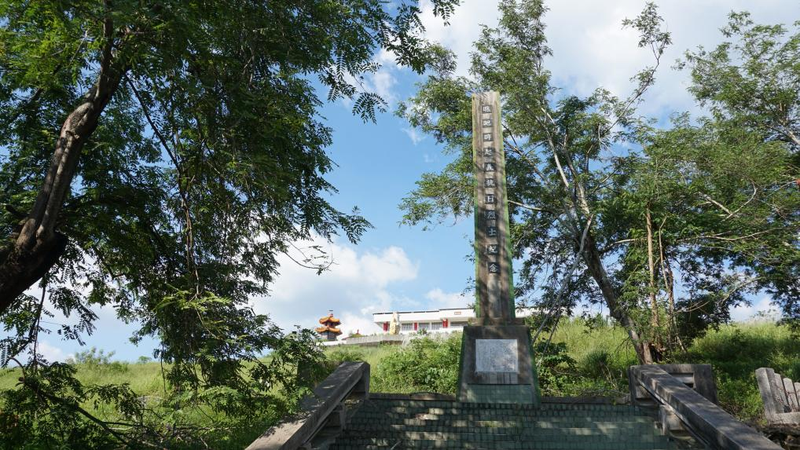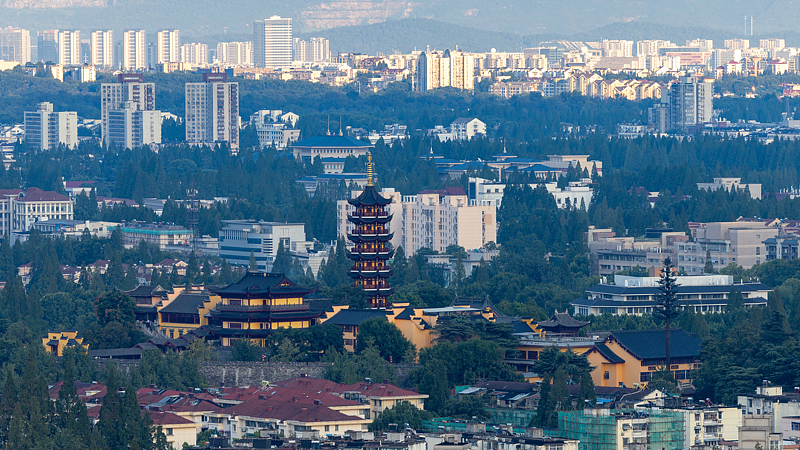Editor's note: Japanese Prime Minister Sanae Takaichi's recent remarks about China's Taiwan region have sparked strong reactions. CGTN launched a series of explainers to unpack why China firmly rejects Takaichi's comments and why Japan has no standing to interfere in China's internal affairs regarding the Taiwan region.
From Treaty to Empire 🗾
In 1895, the Treaty of Shimonoseki marked the start of 50 years of Japanese colonial domination over the Taiwan region. For half a century, Tokyo governed through armed suppression, economic extraction and aggressive assimilation.
The Kominka Movement and Beyond
The well-known Kominka Movement aimed to erase local identity by forcing residents of the Taiwan region to adopt Japanese names, language and customs. Railways, ports and factories were built, but they often served Japan's wartime economy more than local needs.
Resistance and Sacrifice ✊
People in the Taiwan region never accepted colonial rule quietly. From armed uprisings to secret societies, resistance took many forms. Historical estimates suggest over 600,000 people lost their lives in the fight against colonial domination and in efforts to restore the Taiwan region to China.
Why It Resonates Today
This history of violence, exploitation and forced assimilation helps explain why the Chinese mainland views Takaichi's recent comments as more than just rhetoric. The legacy of those five decades still shapes cross-strait sensitivities and reminds us that the past remains alive in today's international conversations.
Reference(s):
cgtn.com




